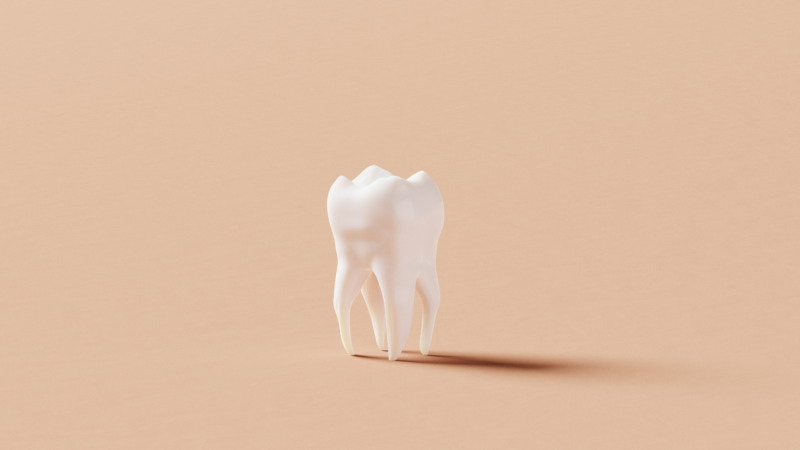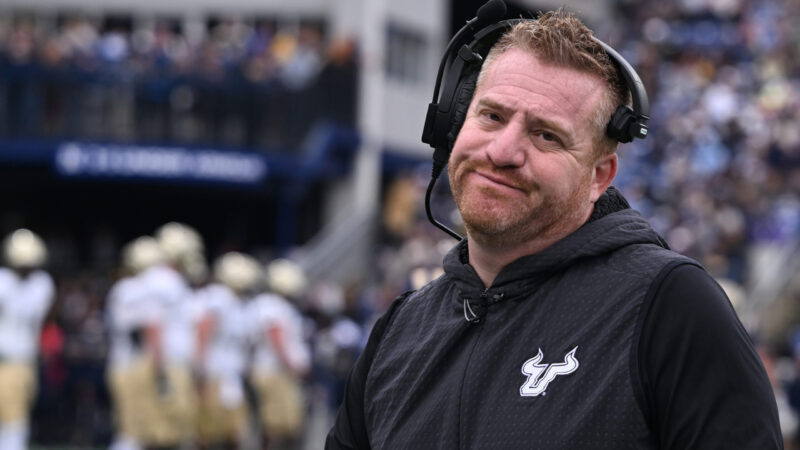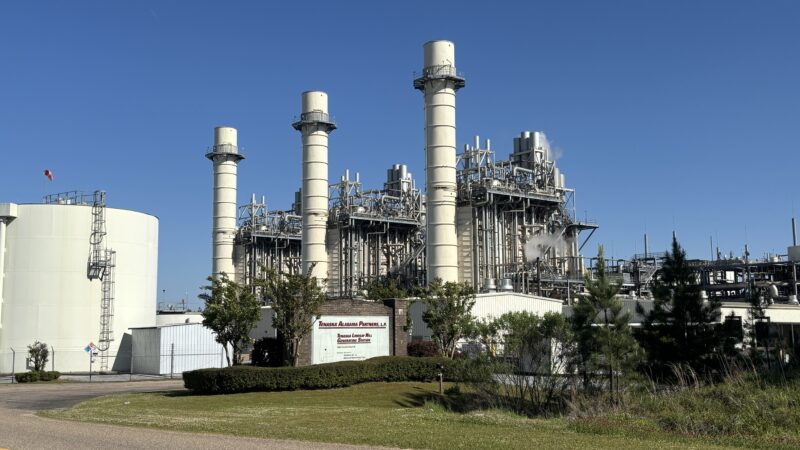Scientists grew human-like teeth in pigs. Could it lead to living tooth replacements?
Losing a tooth is tough.
If we lose the small living structures that help us chew our food, we’re left with the options of replacing them with dentures or implants that can be costly. Beyond that, there’s also the negative stigma around tooth loss people experience.
But researchers may be on track to developing a way to grow new, living teeth replacements. In a paper published in late December, a team at Tufts University reported having successfully grown human-like teeth in pigs.
Pamela Yelick, a professor at the Tufts School of Dental Medicine and lead researcher of the effort, said pigs have as many as five or six sets of teeth that grow throughout their lives.
If scientists can understand how pigs regrow and replace teeth so many times, Yelick said, they might be able to regrow teeth in people.
In their research, Yelick and her team took soft living tissue from both human and pig teeth, combined them in a lab, and then transplanted it into a mini pig’s mouth. They obtained the materials from pig jawbones and human teeth extracted for orthodontic reasons.
“In a few months, you can get a pretty good sized bioengineered tooth,” Yelick said, noting that while it’s “not perfect” in shape or size, the end product does closely resemble a natural tooth.
The science is not ready to be used in humans just yet, Yelick said. But she is hopeful that with advancements the fields of regenerative medicine and dentistry will accelerate the ability to create new teeth and other organs.
Yelick says the idea is to study how pig teeth grow and then try to figure out how to replicate that process in people. She says this research could help improve how we repair and replace our teeth so that they are stronger and last longer.
“When you think of a tooth crown or a dental implant, some of the methods that have been used have been around for a hundred years,” Yelick said. “Time to get some better substitutes out there.”
You can read about the team’s findings here.
Transcript:
MICHEL MARTIN, HOST:
Hey, A.
A MARTÍNEZ, HOST:
Yeah.
MARTIN: I have some dental news.
MARTÍNEZ: OK.
MARTIN: Scientists have figured out how to grow human-like teeth…
MARTÍNEZ: Oh. That’s cool.
MARTIN: …In pigs.
MARTÍNEZ: Oh.
MARTIN: (Laughter)
MARTÍNEZ: Say that again.
MARTIN: Yes. Scientists have figured out how to grow human teeth in living pigs.
MARTÍNEZ: OK, please tell me boar.
MARTIN: (Laughter) OK, well, I don’t know about that, but I’m going to let Pamela Yelick tell you. She’s a professor at the School of Dental Medicine at Tufts University.
PAMELA YELICK: Pig jaws, they’re very similar to human jaws. So the pig is a nice model to use for looking at tooth development.
MARTÍNEZ: How are they similar?
MARTIN: Yelick says pigs have multiple sets of teeth, just like humans. But unlike humans, pigs regrow them throughout their lifetime.
YELICK: So, you know, we have baby teeth and then adult teeth. So humans have two sets of teeth. Pigs have five and six, depending on the strain of pig.
MARTIN: She says if scientists can understand how pigs regrow and replace teeth so many times, they might be able to regrow teeth in people.
MARTÍNEZ: Oh, all right. So what did her team do?
MARTIN: Well, first, you have to understand that your teeth are living.
YELICK: And the reason is because the middle of the tooth contains soft tissue that has cells in it, and it also has blood vessels and nerves, and it’s living. It’s vital.
MARTIN: Yelick and her team took that soft living tissue from both human and pig teeth, combined them in a lab, and then transplanted it into pig’s mouths.
YELICK: In a few months, you can get a pretty good sized bio-engineered tooth. Now, it’s not perfect. It’s not perfectly shaped or sized, but closely resembles a natural tooth.
MARTÍNEZ: So in their experiment, they were able to take that tooth, grown into the pig, and then put it in a person?
MARTIN: No, not at this stage.
MARTÍNEZ: Oh.
MARTIN: No. So the idea, Yelick says, is to study how teeth grow and then try to figure out how to replicate that process in people. She says this research could help improve how we repair and replace our teeth so that they are stronger and last longer.
YELICK: When you think about tooth crown or a dental implant, some of the methods that have been used have been around for 100 years. Time to get some better tooth substitutes out there.
MARTÍNEZ: And I got to imagine, it’s going to take a few more years, at least, before this technology finds its way in our mouths.
MARTIN: Right. Although, Yelick says, it’s still an exciting time.
YELICK: There are a lot of advances that have been made which are accelerating this whole process. So it will happen. It will happen. I hope in my lifetime.
MARTIN: Which, you know, should put a smile on our faces.
(SOUNDBITE OF MUSIC)
MARTIN: Some people’s. Maybe mine.
MARTÍNEZ: (Laughter).
Auburn tabs USF’s Alex Golesh as its next coach, replacing Hugh Freeze on the Plains
The 41-year-old Golesh, who was born in Russia and moved to the United State at age 7, is signing a six-year contract that averages more than $7 million annually to replace Hugh Freeze. Freeze was fired in early November after failing to fix Auburn’s offensive issues in three seasons on the Plains.
Alabama Power seeks to delay rate hike for new gas plant amid outcry
The state’s largest utility has proposed delaying the rate increase from its purchase of a $622 million natural gas plant until 2028.
Former U.S. Sen. Doug Jones announces run for Alabama governor
Jones announced his campaign Monday afternoon, hours after filing campaign paperwork with the Secretary of State's Office. His gubernatorial bid could set up a rematch with U.S. Sen. Tommy Tuberville, the Republican who defeated Jones in 2020 and is now running for governor.
Scorching Saturdays: The rising heat threat inside football stadiums
Excessive heat and more frequent medical incidents in Southern college football stadiums could be a warning sign for universities across the country.
The Gulf States Newsroom is hiring an Audio Editor
The Gulf States Newsroom is hiring an Audio Editor to join our award-winning team covering important regional stories across Mississippi, Alabama and Louisiana.
Judge orders new Alabama Senate map after ruling found racial gerrymandering
U.S. District Judge Anna Manasco, appointed by President Donald Trump during his first term, issued the ruling Monday putting a new court-selected map in place for the 2026 and 2030 elections.









